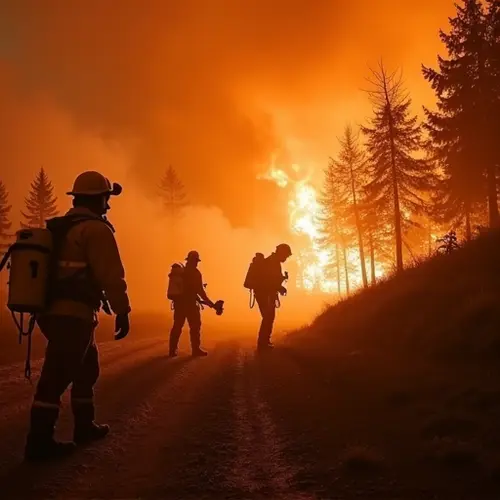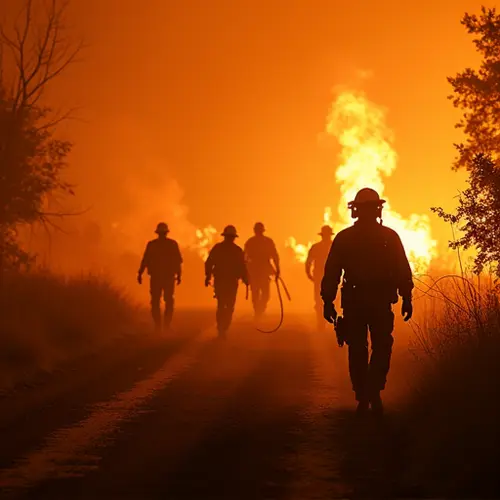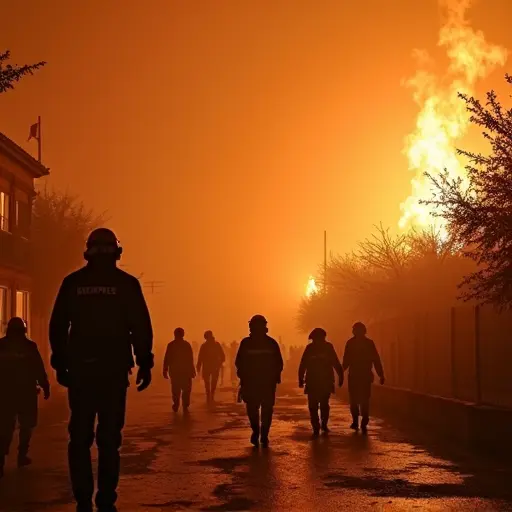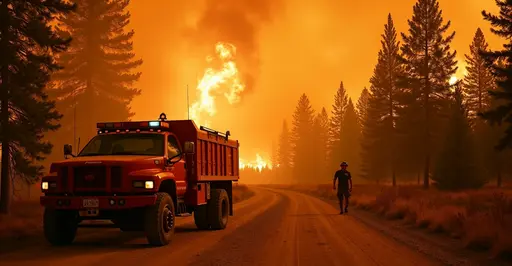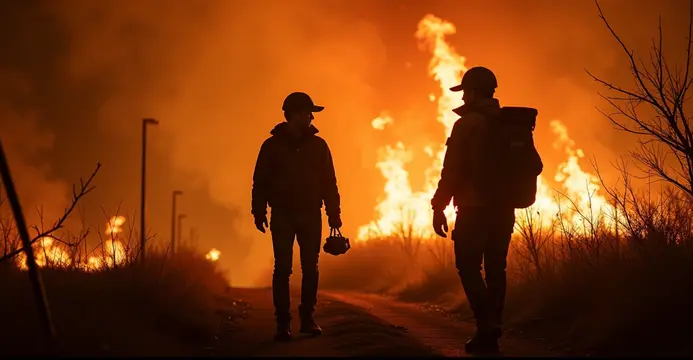
The Science of Post-Fire Recovery
Wildfires, while devastating in the short term, trigger remarkable natural recovery processes that scientists are only beginning to fully understand. As climate change intensifies fire seasons globally, understanding ecosystem restoration after massive wildfires has become increasingly crucial for conservation efforts.
Natural Regeneration Processes
Many ecosystems have evolved with fire as an essential component of their life cycle. Certain plant species actually require the heat from fires to germinate their seeds. Coniferous forests, prairies, and chaparral ecosystems all contain species that have developed fire-adaptive traits over millions of years of evolution.
The immediate aftermath of a wildfire reveals a landscape that appears barren, but beneath the ash lies a complex biological response system. Soil microorganisms begin breaking down charred organic matter, releasing nutrients that will fuel new growth. Fire-adapted plant species quickly sprout from surviving root systems or germinate from soil seed banks activated by the heat.
Human-Assisted Restoration Techniques
While nature has its own recovery mechanisms, human intervention can significantly accelerate the process. Restoration ecologists employ various techniques including erosion control measures, reforestation efforts, removal of invasive species, and reintroduction of native plants. The United Nations has declared 2021-2030 as the Decade on Ecosystem Restoration, highlighting the global importance of these efforts.
Modern restoration approaches recognize that ecosystems may not return to their exact pre-fire conditions due to climate change and other environmental shifts. Instead, the focus is on restoring functional ecosystems that can thrive in current conditions while maintaining biodiversity.
Climate Change Considerations
As wildfire frequency and intensity increase due to climate change, restoration strategies must adapt. Scientists are developing fire-resilient landscapes by selecting plant species better suited to warmer, drier conditions. This proactive approach helps ecosystems better withstand future fire events.
Carbon sequestration through restored forests also plays a vital role in climate change mitigation. Healthy, growing ecosystems absorb atmospheric carbon, helping to offset emissions from the fires themselves.
Community Involvement and Economic Benefits
Successful restoration projects increasingly involve local communities and indigenous knowledge. Traditional ecological knowledge often provides valuable insights into historical fire regimes and native species management. These projects also create employment opportunities in rural areas affected by wildfires.
The economic benefits of ecosystem restoration extend beyond immediate job creation. Restored watersheds provide cleaner water, healthy forests support tourism and recreation, and biodiverse ecosystems contribute to overall environmental health.

 Nederlands
Nederlands English
English Français
Français Deutsch
Deutsch Español
Español Português
Português



